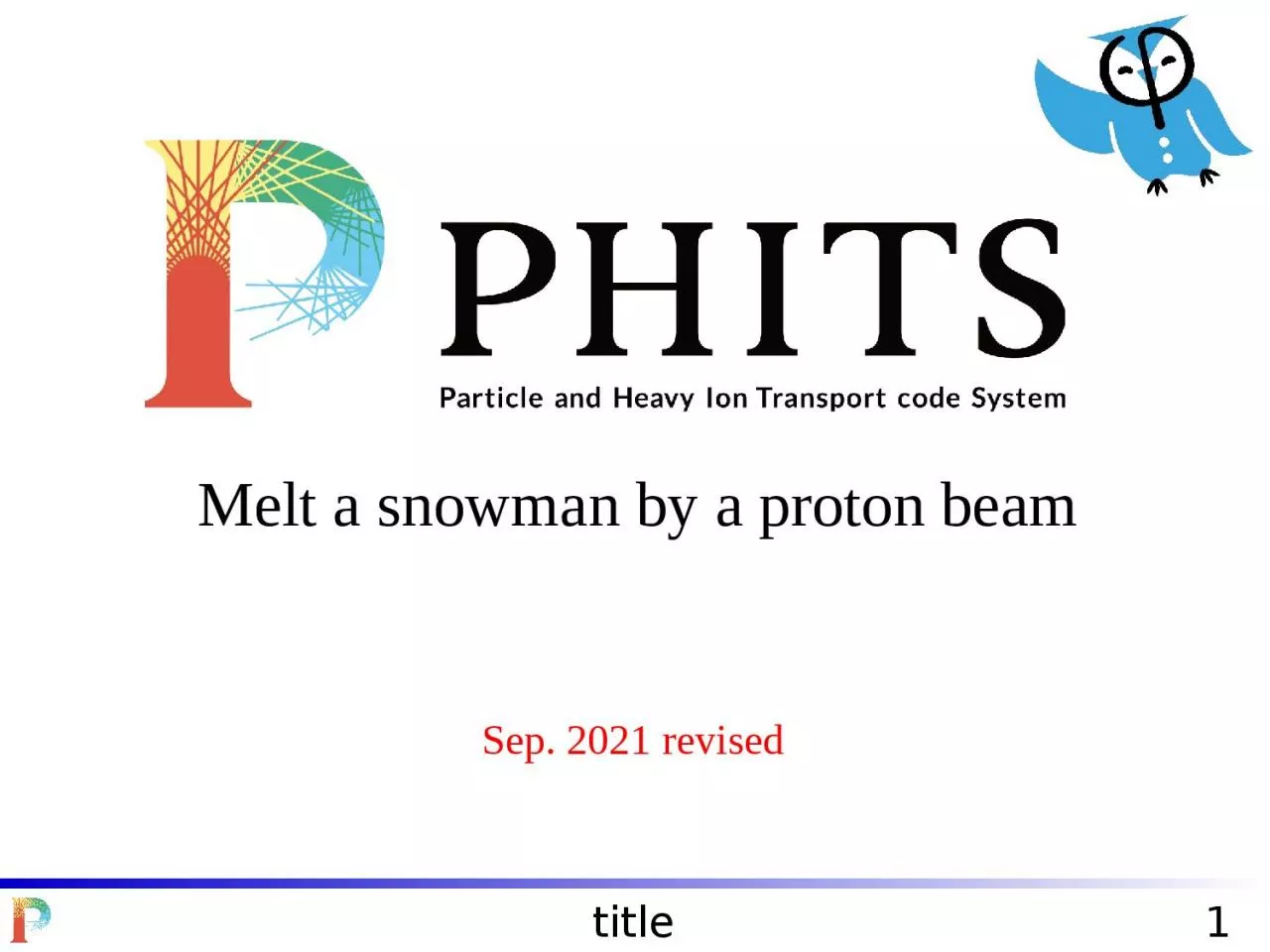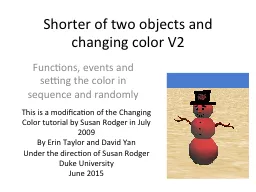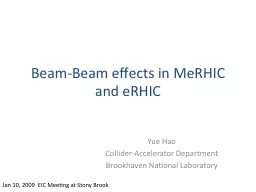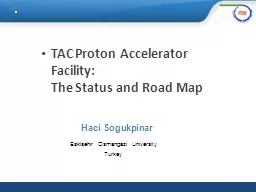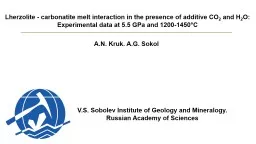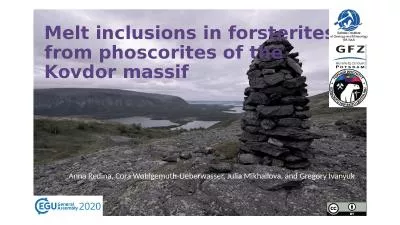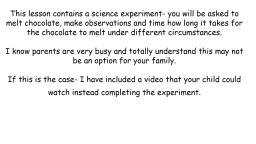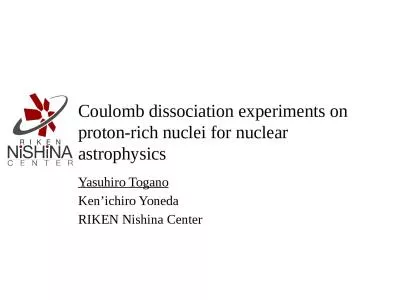PPT-Melt a snowman by a proton beam
Author : scarlett | Published Date : 2023-11-16
title Sep 2021 revised Purpose Purpose of this exercise Lets consider how realistic the beam rifle in Gundam is based on the current accelerator technology by performing
Presentation Embed Code
Download Presentation
Download Presentation The PPT/PDF document "Melt a snowman by a proton beam" is the property of its rightful owner. Permission is granted to download and print the materials on this website for personal, non-commercial use only, and to display it on your personal computer provided you do not modify the materials and that you retain all copyright notices contained in the materials. By downloading content from our website, you accept the terms of this agreement.
Melt a snowman by a proton beam: Transcript
Download Rules Of Document
"Melt a snowman by a proton beam"The content belongs to its owner. You may download and print it for personal use, without modification, and keep all copyright notices. By downloading, you agree to these terms.
Related Documents

